"Beijing Central Axis: A Building Ensemble Exhibiting the Ideal Order of the Chinese Capital" has been inscribed on the UNESCO World Heritage List, becoming China's 59th World Heritage Site.
The announcement came at the 46th session of the World Heritage Committee in New Delhi, India, on July 27.
READ MORE: Two Chinese sites added to World Heritage List
With its roots dating back to the paradigm of ideal capital planning in traditional Chinese culture, the Beijing Central Axis shows an ensemble of building complexes and archaeological sites that governs the overall layout of Beijing's old city.
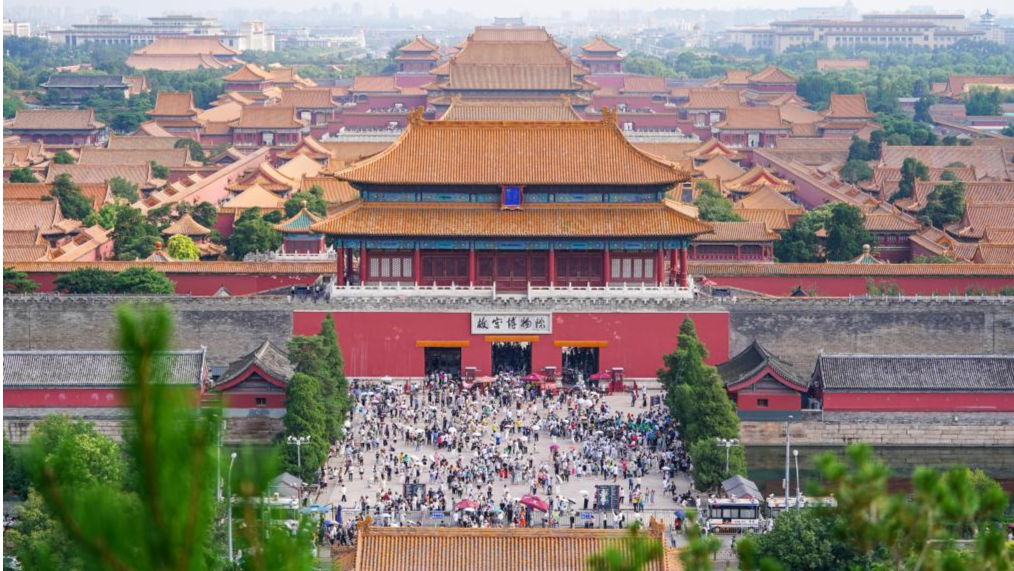
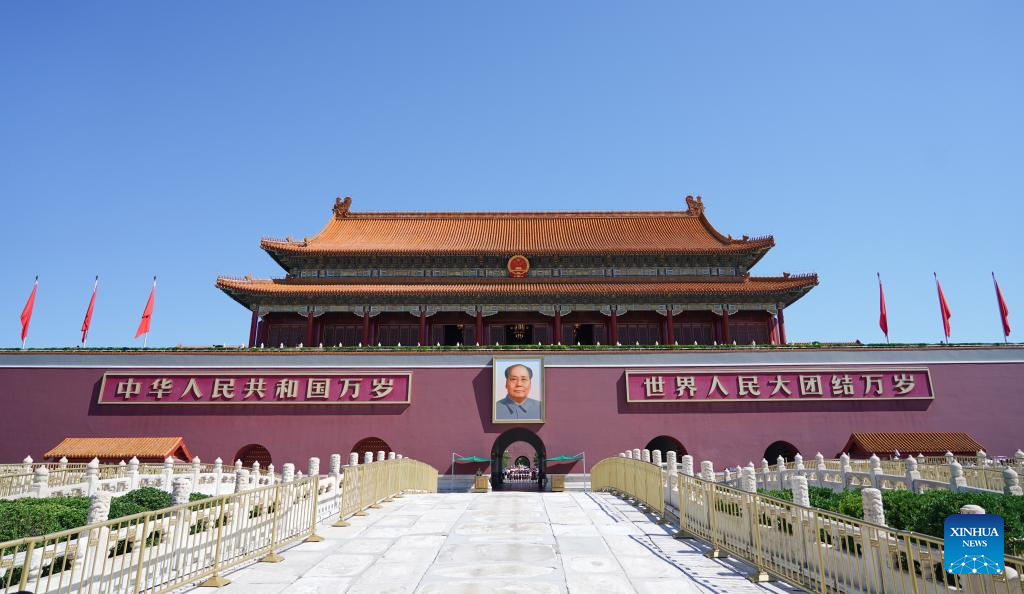
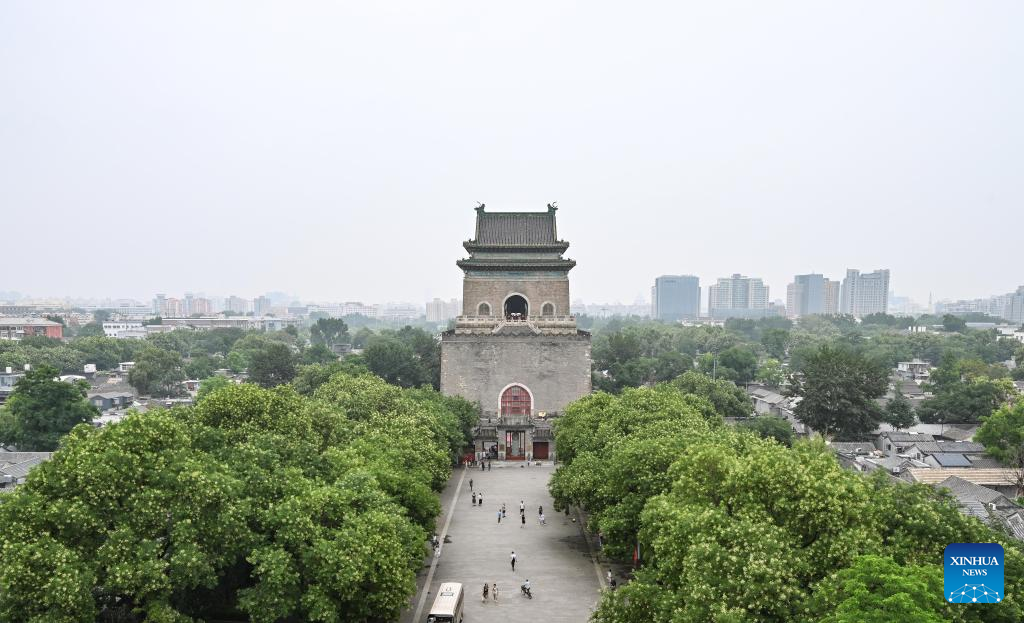
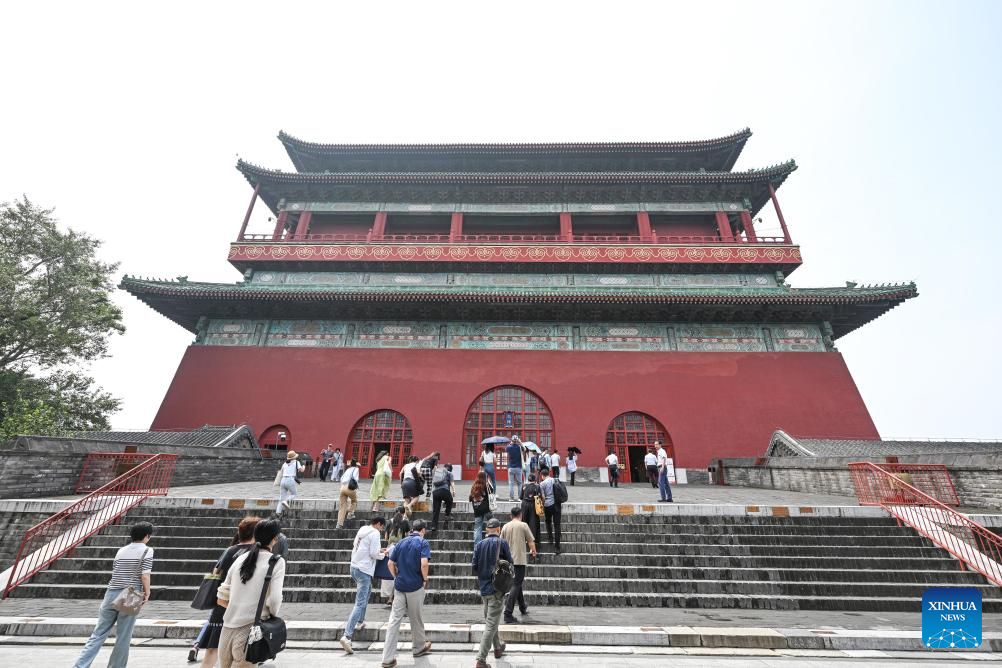
Stretching 7.8 kilometers north-south through the heart of Beijing, the inscribed property comprises 15 components, with the Bell and Drum Towers at its northern end and Yongdingmen Gate at the southern end.
The complex encompasses imperial palaces and gardens, imperial sacrificial buildings, ancient city management facilities, national ceremonial and public buildings, and central axis roads remains.
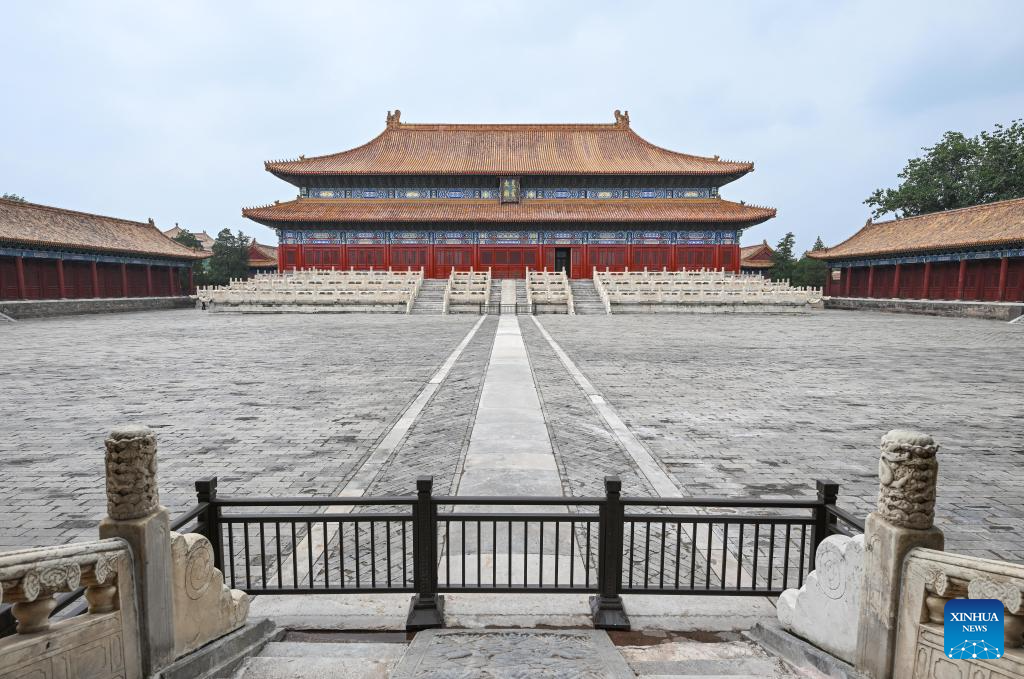
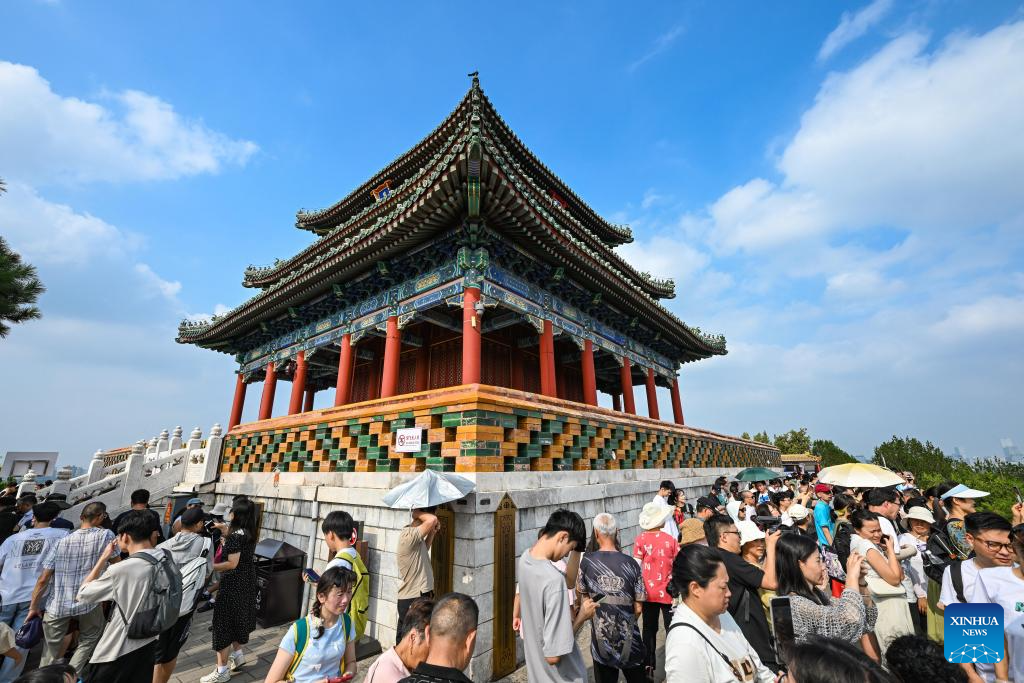
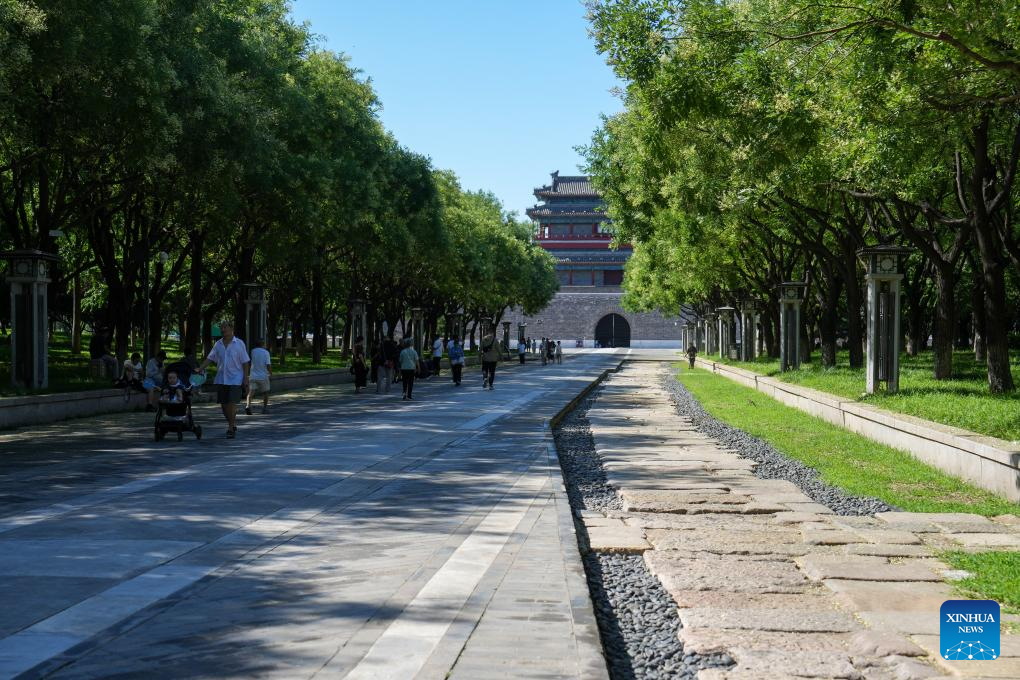
According to Lyu Zhou, director of the National Heritage Center at Tsinghua University, this paradigm of city planning traces back to Kaogongji (Book of Diverse Crafts), written before 221 BCE, which outlines the rituals and order in the planning of a capital city.
READ MORE: HK’s ballet, metaverse platform awarded as cultural heritage education examples
The book's accounts include "court in the front, market in the back", corresponding to the Forbidden City and the markets at the Bell and Drum Towers area, as well as "an ancestral temple on the left, an altar of land and grain on the right", denoting the Imperial Ancestral Temple and the Altar of Land and Grain, located symmetrically on the east and west sides of the Central Axis.
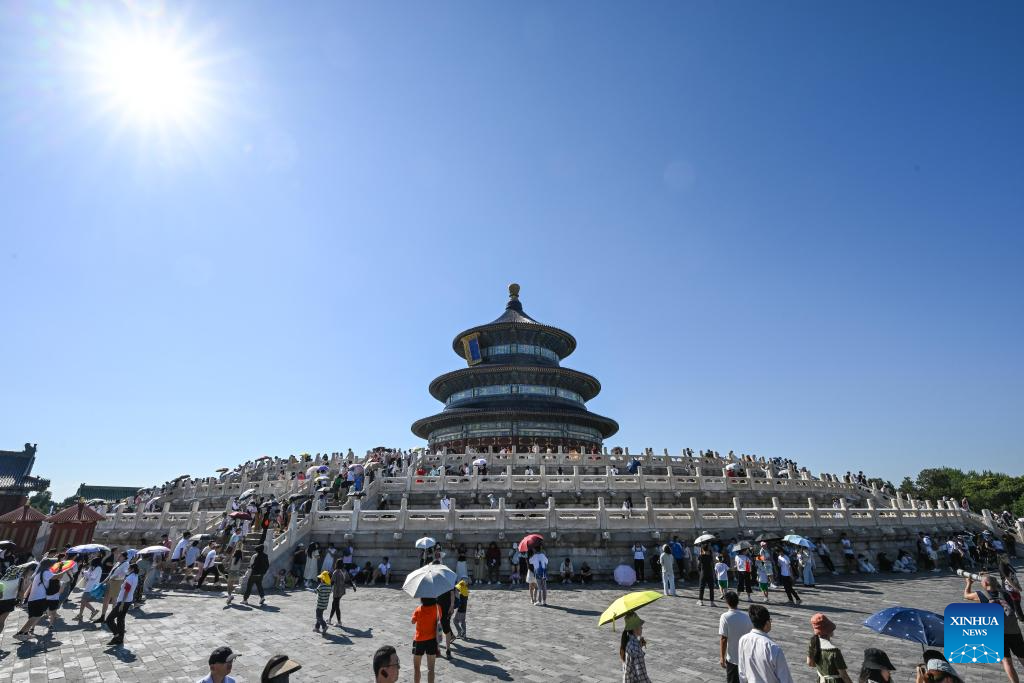
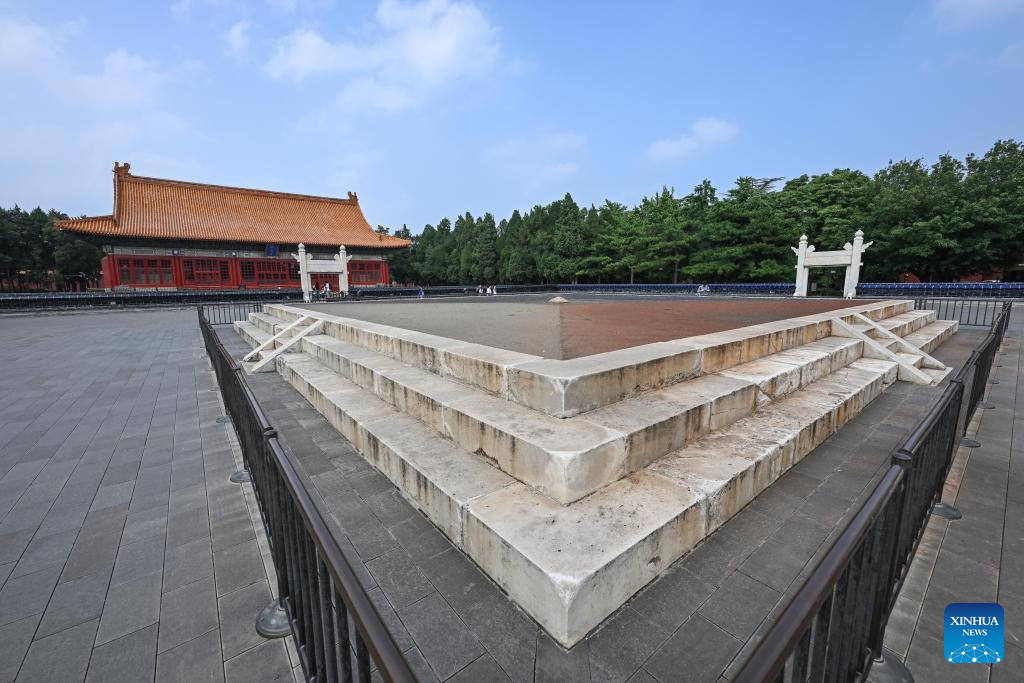
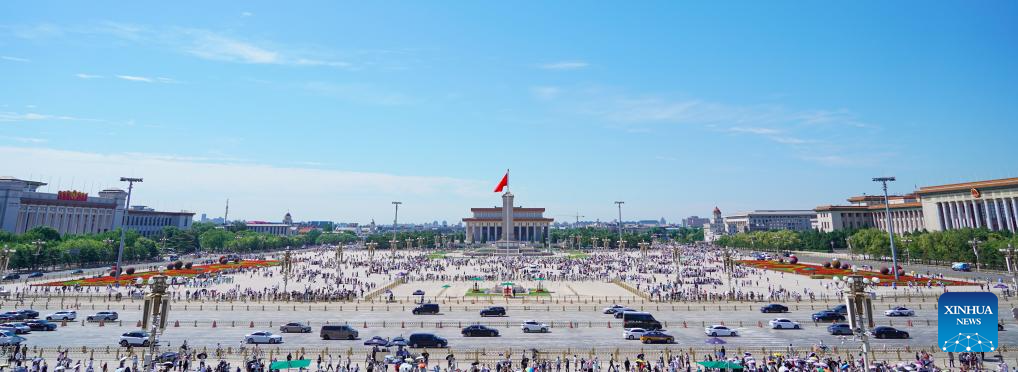
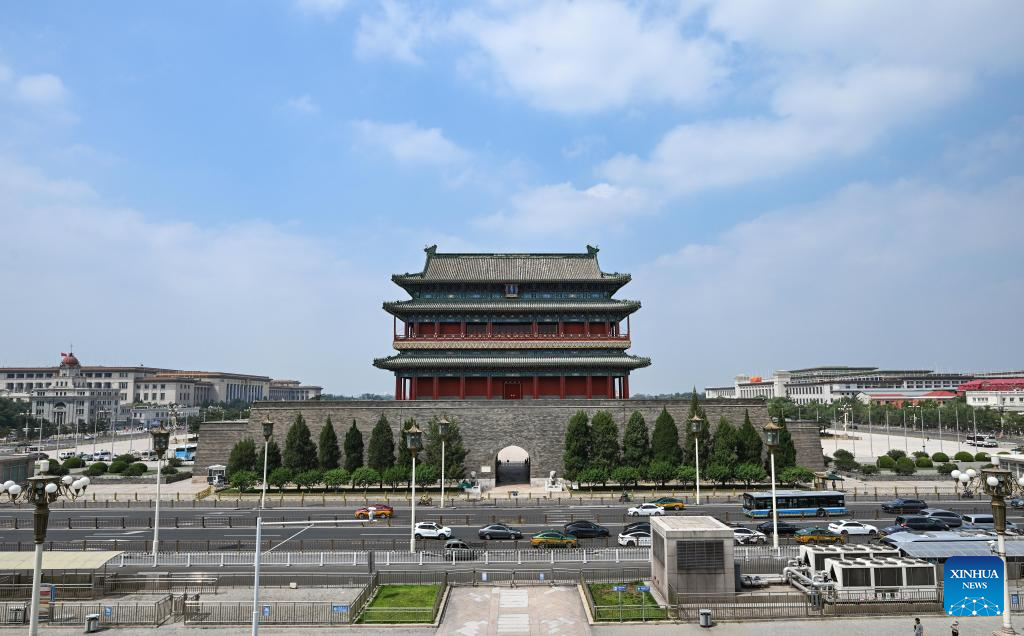
Construction of the Beijing Central Axis began in the 13th century and took shape in the 16th century. It has undergone constant refinement over the past seven centuries and continues to influence Beijing's urban development to this day.
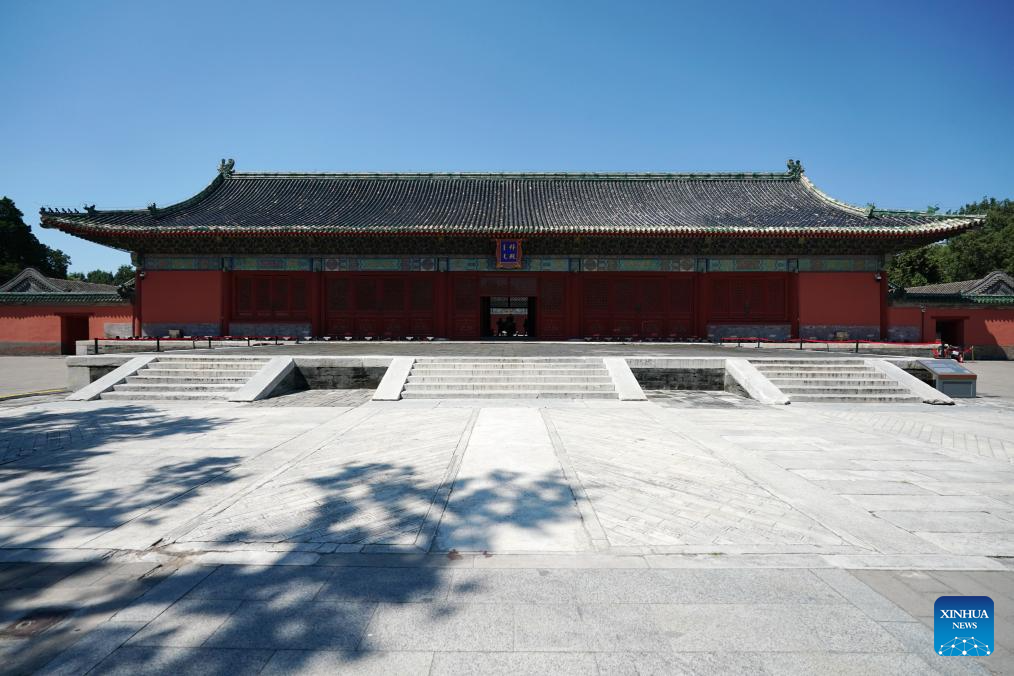
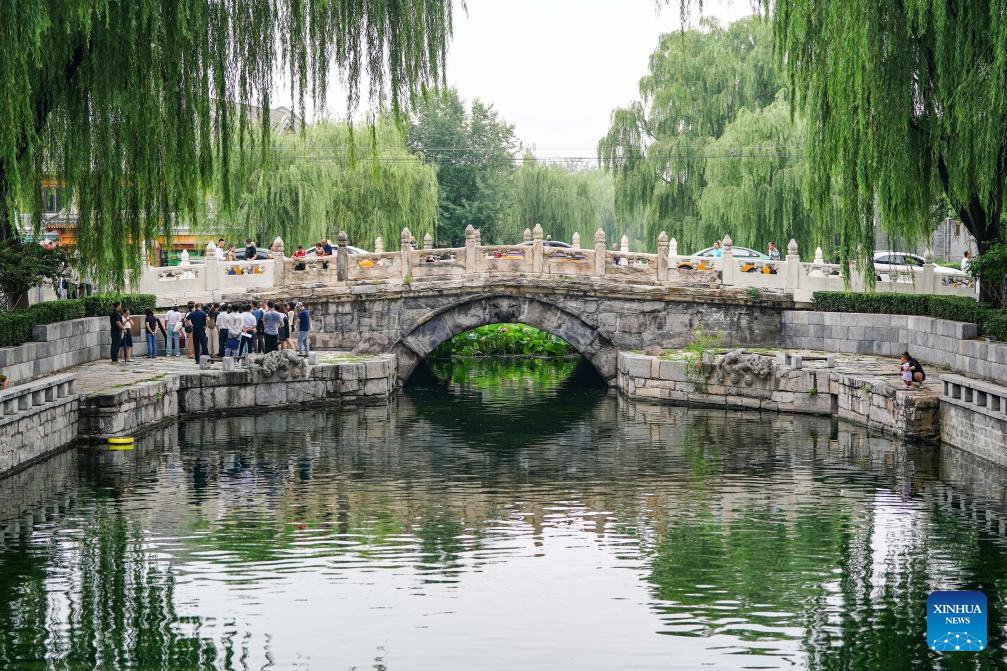
"The Beijing Central Axis is a carrier of traditional Chinese concepts and beliefs, constructing a symbol for national order and witnessing the formation of the Chinese cultural tradition of inclusion and diversity," Lyu says.
The Beijing Central Axis provides an exceptional material testimony to the philosophy of "neutrality and harmony" prized in the Chinese tradition. It is an outstanding example representing the mature stage of the urban central axis of Chinese capitals, and also the best-preserved capital central axis in China, according to the National Cultural Heritage Administration of the PRC.


